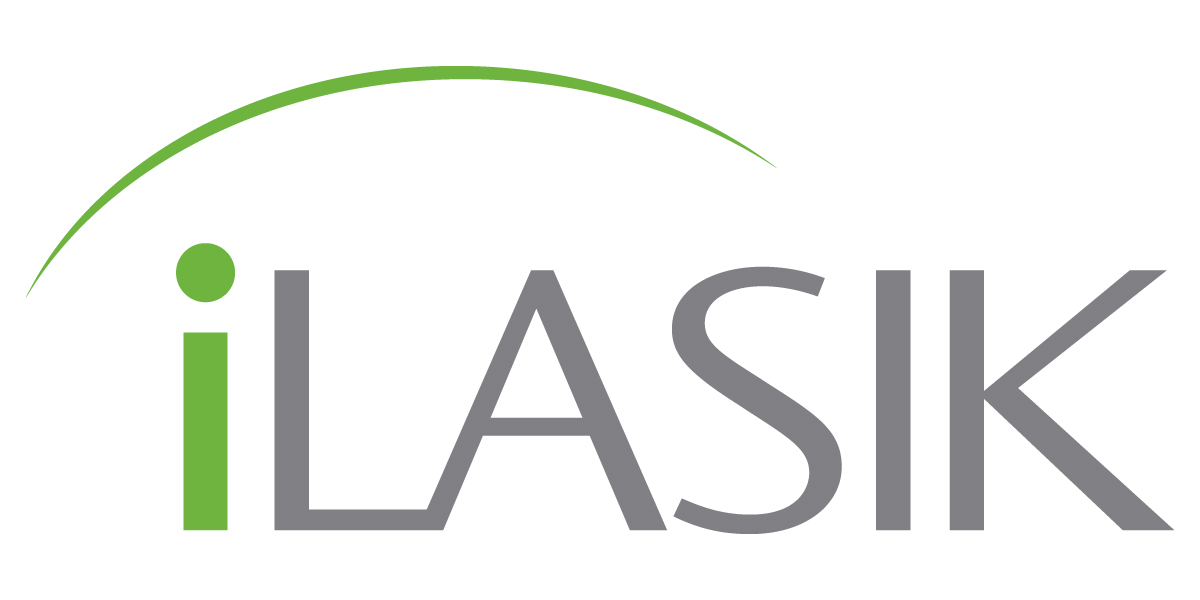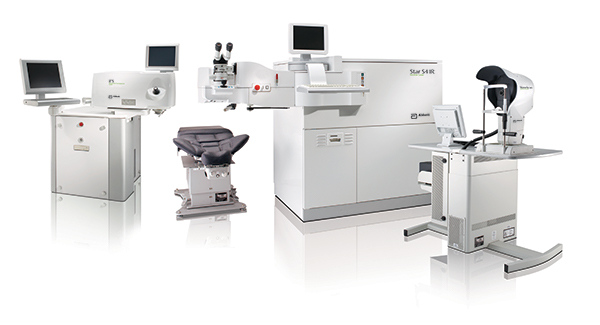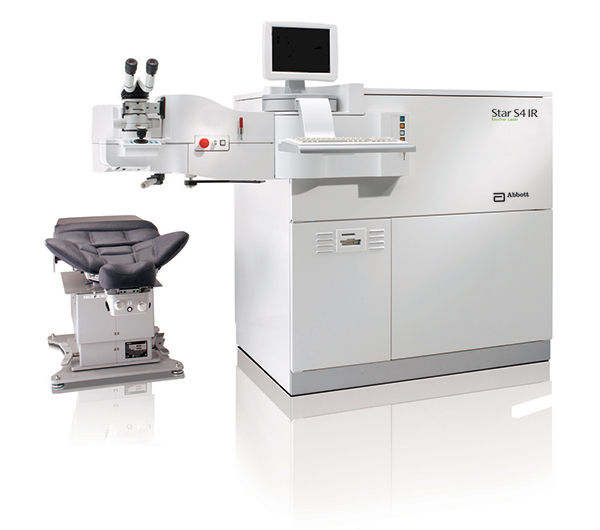Since LASIK was first approved in 1999, it has been regarded as a safe and successful method of vision correction. Even so, you’re not alone if you feel hesitant to move forward with surgery, wondering what future advancements may hold. Dr. Conahan and United Eye Centers now offers LASIK surgery using the IntraLase Method™—also known as all-laser LASIK or IntraLASIK™—and it could be the very advancement you’ve been waiting for.
What Is iLasik?

Millions of patients who were previously denied as candidates for LASIK treatment have been waiting for the most advanced LASIK technology. They've been waitingfor the iLASIK procedure.
iLASIK combines the power of of IntraLase technology with the Advanced CustomVue treatment using VISX technology. iLASIK offers doctors unprecedented control and accuracy during the procedure, so patients with thin corneas and other factors that prevented them from receiving LASIK treatment in the past can now be reconsidered for the procedure.
The most compelling solution — the most impressive surgical technology — is the one that performs exceptionally in demanding situations. The iLASIK technology platform continues to pass every test. Need proof? NASA recently approved iLASIK for use on U.S. astronauts. This milestone comes on the heels of a similar approval for all branches of the U.S. military personnel.
How Does the IntraLase Method Improve the LASIK Procedure?
The IntraLase Method is a 100% blade-free approach to creating a corneal flap, the thin layer of tissue the surgeon folds back to expose the part of the eye that is reshaped during the LASIK procedure. With the IntraLase Method, LASIK is not only 100% blade-free, but shown in clinical studies to provide more patients with vision that is 20/20 or better.
Prior to the IntraLase Method, doctors created corneal flaps with an instrument called a microkeratome, which is a fine, oscillating, hand-held steel blade. Although LASIK complications are extremely rare, when they do happen the microkeratome is commonly the cause.
The IntraLase Method, by contrast, eliminates the need for Dr. Conahan to use a blade at all. Instead, the computer-guided IntraLase® laser delivers rapid pulses of light, a quadrillionth of a second each, to a pre-programmed depth and position within your cornea. Each pulse forms a microscopic bubble. As the IntraLase laser moves back and forth across your eye, the bubbles connect to form a corneal flap. Just prior to LASIK surgery, the doctor gently lifts the flap where these bubbles have created a smooth surface.

Why Should You Consider LASIK?

LASIK surgery has advanced steadily over the years; the technology used to measure your visual error prior to surgery has become more powerful and corrections can be optimized to your needs. Until the IntraLase Method, however, the creation of the corneal flap was the one step that lacked the technological sophistication of the rest of the LASIK procedure. As it turns out, that step is an important one in terms of providing you with the best possible LASIK experience.
In addition, if you were not eligible for LASIK surgery performed with a microkeratome due to steep, flat, or thin corneas, you may now be a candidate with the IntraLase Method. In fact, IntraLase training has become part of the curriculum at most of the ophthalmic teaching institutions and is rapidly being adopted by eye care practices around the world.
Free LASIK and Cataract / Catalys information guide and brochures
Fill out the form by clicking the button to the right, and we will send you free information about how United Eye Centers can help you see better.

